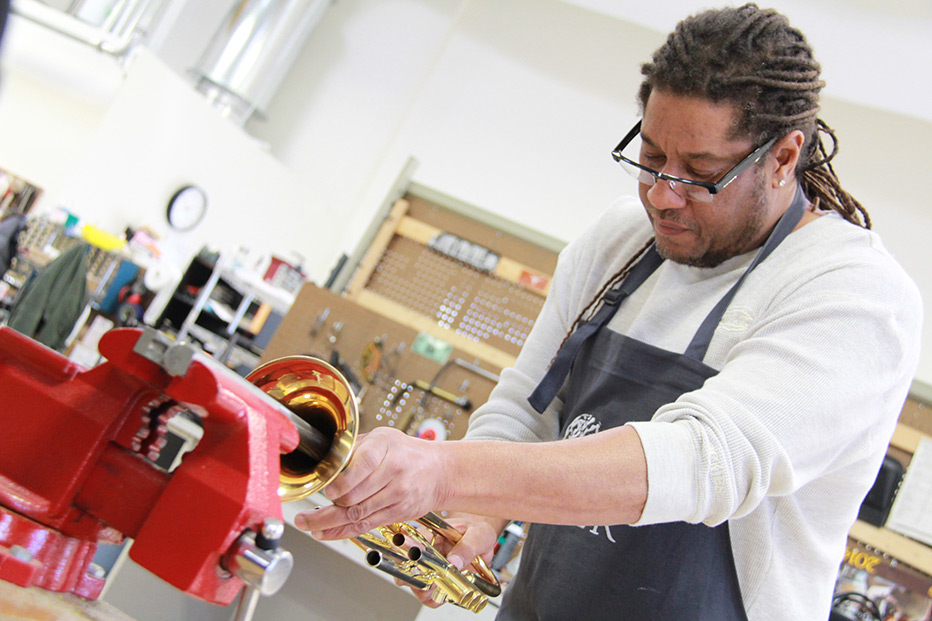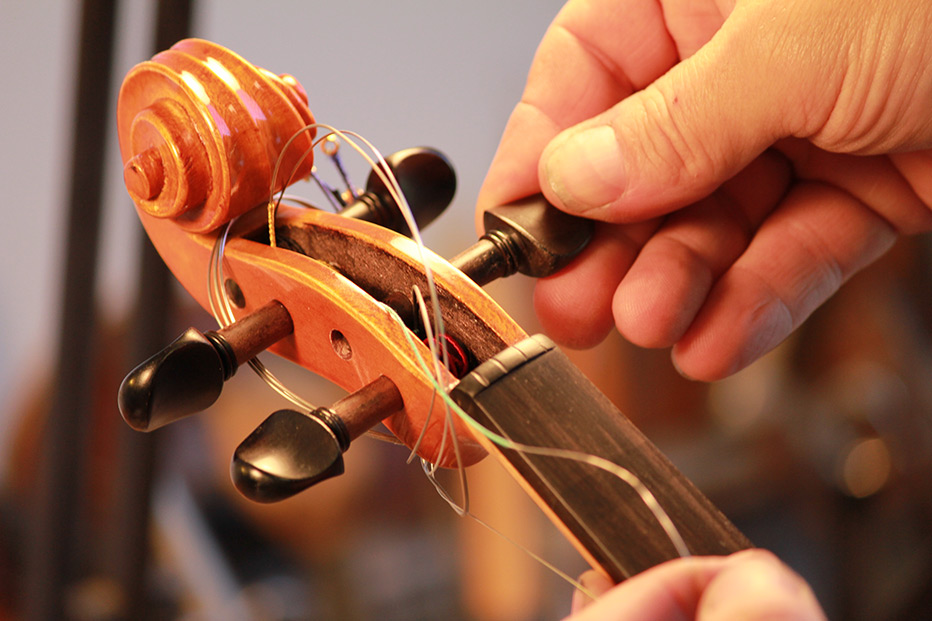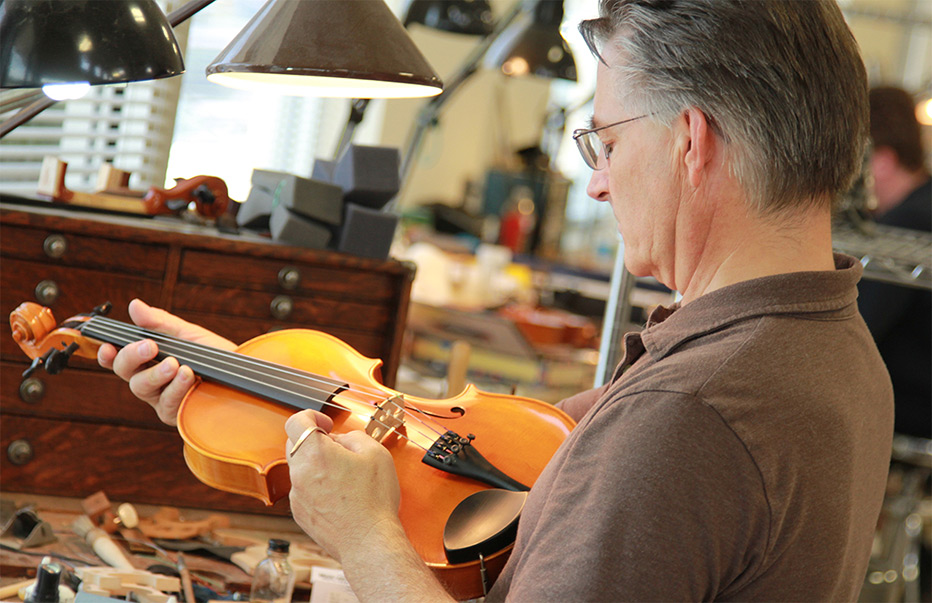April 09, 2015
Why Is My String Instrument Making a Rattling Sound?


Rattling or buzzing from your stringed instrument can be alarming, especially for new players or those who have never heard the sounds before. Fortunately, it rarely indicates the need for expensive repairs. In fact, did you know many instances of rattling and buzzing can be fixed in a matter of minutes, and in some cases you won’t even need to take your instrument to the repair shop? From checking for open seams to inspecting your instrument for defective strings, here are a few ways you can troubleshoot your instrument before taking it to the repair shop.
Check Your Soundpost
Not only can a fallen soundpiece cause terrible tone quality, but it’s one of the items on this list that can actually cause the most damage to your instrument. To identify whether or not your soundpost is in the appropriate spot, look in the treble f-hole. If the soundpost is a short distance away from the bridge, toward the tailpiece, and directly under the highest string, the soundpost is in the right place and this likely isn’t causing the buzzing or rattling. If it has fallen down or is out of place, you should be able to tell from a visual inspection. If this is the case, take your instrument to a luthier as soon as possible–they have access to the right tools!
Look for Open Seams
Open seams are a common issue with violins, violas, cellos, and basses, especially for those who live in cities or states with a lot of fluctuations in temperature or humidity. Here’s why: the top and back plates of stringed instruments are glued together with a very specific type of glue. While this glue allows for the instrument to resnoate well and makes the instrument easier to disassemble, it also makes the instrument more likely to open up as a result of these changes. Some open seams are visible to the naked eye, while others may need to be “searched” for. In order to find an open seam, trace around the seams with a thin piece of paper. If the paper slips into the seam, you’ve found the location of your open seam.
Are the Strings Defective?
Sometimes, rattling and buzzing sounds aren’t caused by your instrument at all. Depending on the type of strings you use, some violin E strings have a tiny plastic tube called a string spacer. The string spacer is intended to go around the string where it rests on the bridge, and prevents cutting into softer bridges. If your bridge has a parchment or an ebony inlay, string spaces aren’t a necessity, but can be used anyways. If these string spacers aren’t held in place properly by the bridge, they may cause strange noises and vibrations. If you’ve identified that the string spacer isn’t causing the issue, your strings could still be the culprit. In instances where a string is false, unraveling, or needs to be replaced, similar noises can be produced.
Inspect Fine Tuners
There are many different types of fine tuners, and almost all of them are notorious for creating buzzes. Make sure the nut that holds your fine tuner in place is snug. Check out the tightening screw and make sure it isn’t loose. If it is loose, lower the pitch of the string slightly with the peg, then bring the pitch back up with the fine tuner. On pronged fine tuners, the prongs can be too close together or too far apart, contributing to rattling and buzzing sensations. If this is the issue, squeeze the prongs together (or pull them apart) with a pair of pliers until the winding is held firmly. Your music instructor or a repair technician should be able to tell you if the fine tuner needs to be replaced, or carefully squeezed or pulled apart with pliers for a more temporary fix.
Nut Grooves
If the nut grooves are too wide, the strings of your instrument can move from side to side, causing a buzzing sensation whenever you play an open string. Or, if the groove is deeper toward the fingerboard, the string can also buzz whenever an open string is played. In both situations, you should check to see if the nut groove is the problem. To do so, play the open string until it buzzes, then push down on the string at the edge of the nut with your fingernail. If the buzz goes away, you’ve found the issue. In mild cases, a repair shop can file down the groove and eliminate the buzz. Otherwise, a new nut will need to be made.
If you do need to find a repair technician, here’s some advice.







